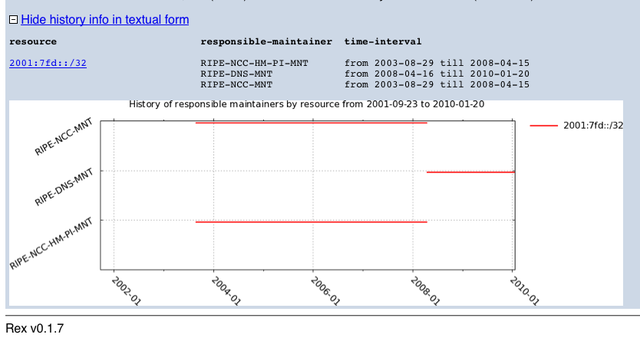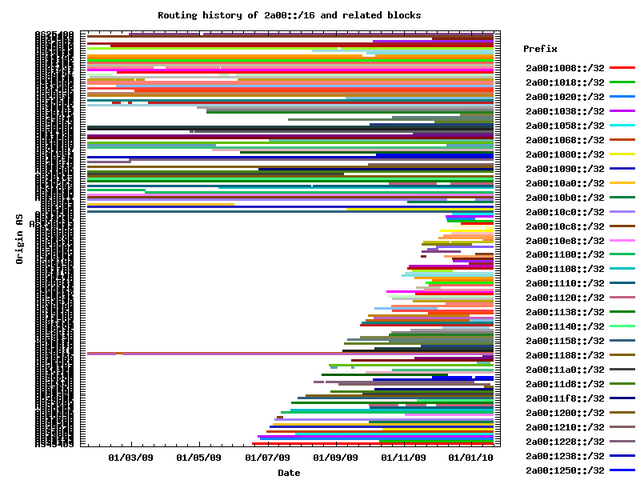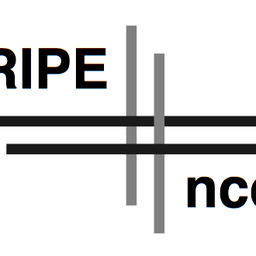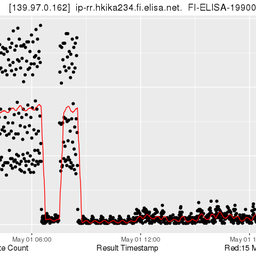REX has been supporting queries on IPv6 addresses for a couple of weeks already. Some inquisitive users have already found out.
REX has been supporting queries on IPv6 addresses for a couple of weeks already. Some inquisitive users have already found out. Let us explore this new feature briefly. First let's enter the IPv6 address of k.root-servers.net, 2001:7fd::1, in the query form at
albatross.ripe.net/cgi-bin/rex.pl . As expected we will see that AS25152, the K-root AS, has been announcing a /32 since before the start of the query interval. We will also see some sporadic /48 announcements. When did these announcements start? Here another new feature comes in handy, the time slider:

The green interval represents the boundaries of the current results. If we want to query for a different interval, we can draw its boundaries to the desired start and end times. Let's draw the start interval to the start of the year 2007:

We start the query by clicking on OK and discover that the /32 has been announced then already. By sliding further back we can discover when the announcements started.
We can find out more about the registration data for the address space by clicking the "Resource Holder" tab. This will display the current RIPE DB data about the address block as well as a history of the data maintainers:

Here we can see that in April 2008 the maintainers changed in an orderly manner. Now let us look at this first bit of 2a00:000::/12, a block the RIPE NCC allocates to LIRs. Here the routing immediately gives an indication that more and more of this space is being routed, this is a good thing:

We are considering to change REX's output for larger address blocks like this to more of a statistical format and show details only as the queries are for smaller blocks. Any suggestions what to show?
To see details you can drill down further in the list of announced prefixes by clicking on the prefixes. There are a few interesting ones here. Just to pick a random example, here is someone who splits their /32 and announces it in two parts:
albatross.ripe.net/cgi-bin/rex.pl
And they also reflect that in the RIPE database:
albatross.ripe.net/cgi-bin/rex.pl
Well done!
Inquisitive users may also click on the ASes in the list and get a sneak preview of what REX can tell about ASes. A description of that is for another time.
There are not yet as many active measurements available for IPv6 as there are for IPv4. So REX cannot show as much data as you are accustomed to see in IPv4. We will expand the data REX shows about IPv6 addresses as data becomes available. We are also very interested to hear any feedback and suggestions you may have about REX via the Forum.





Comments 0
The comments section is closed for articles published more than a year ago. If you'd like to inform us of any issues, please contact us.